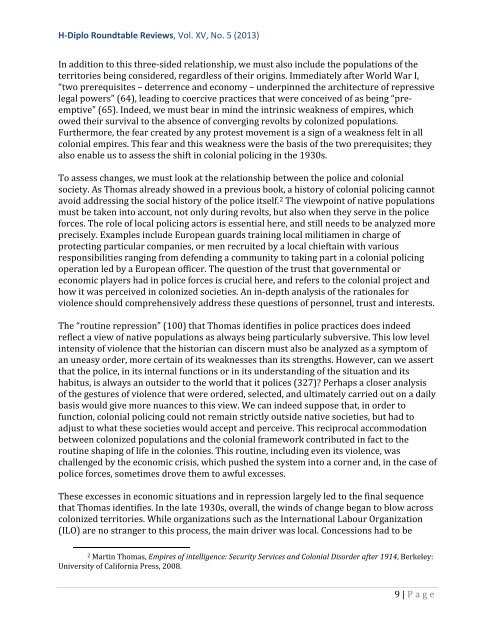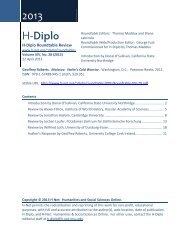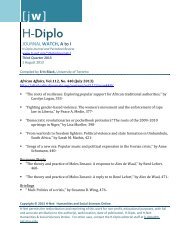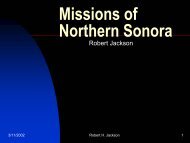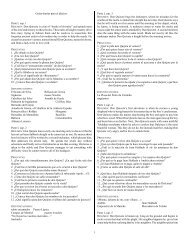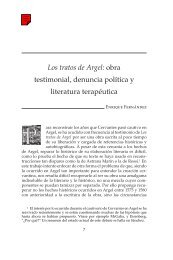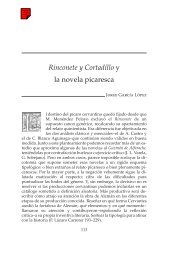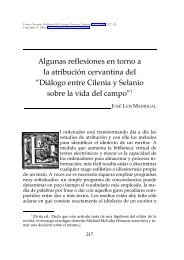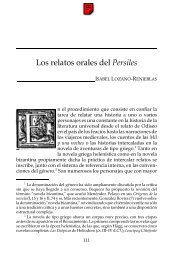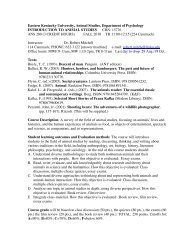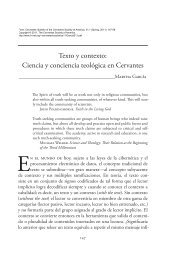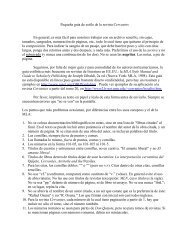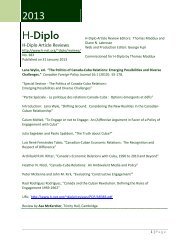H-Diplo Roundtable on Martin Thomas. Violence and ... - H-Net
H-Diplo Roundtable on Martin Thomas. Violence and ... - H-Net
H-Diplo Roundtable on Martin Thomas. Violence and ... - H-Net
You also want an ePaper? Increase the reach of your titles
YUMPU automatically turns print PDFs into web optimized ePapers that Google loves.
H-<str<strong>on</strong>g>Diplo</str<strong>on</strong>g> <str<strong>on</strong>g>Roundtable</str<strong>on</strong>g> Reviews, Vol. XV, No. 5 (2013)<br />
In additi<strong>on</strong> to this three-sided relati<strong>on</strong>ship, we must also include the populati<strong>on</strong>s of the<br />
territories being c<strong>on</strong>sidered, regardless of their origins. Immediately after World War I,<br />
“two prerequisites – deterrence <strong>and</strong> ec<strong>on</strong>omy – underpinned the architecture of repressive<br />
legal powers” (64), leading to coercive practices that were c<strong>on</strong>ceived of as being “preemptive”<br />
(65). Indeed, we must bear in mind the intrinsic weakness of empires, which<br />
owed their survival to the absence of c<strong>on</strong>verging revolts by col<strong>on</strong>ized populati<strong>on</strong>s.<br />
Furthermore, the fear created by any protest movement is a sign of a weakness felt in all<br />
col<strong>on</strong>ial empires. This fear <strong>and</strong> this weakness were the basis of the two prerequisites; they<br />
also enable us to assess the shift in col<strong>on</strong>ial policing in the 1930s.<br />
To assess changes, we must look at the relati<strong>on</strong>ship between the police <strong>and</strong> col<strong>on</strong>ial<br />
society. As <strong>Thomas</strong> already showed in a previous book, a history of col<strong>on</strong>ial policing cannot<br />
avoid addressing the social history of the police itself. 2 The viewpoint of native populati<strong>on</strong>s<br />
must be taken into account, not <strong>on</strong>ly during revolts, but also when they serve in the police<br />
forces. The role of local policing actors is essential here, <strong>and</strong> still needs to be analyzed more<br />
precisely. Examples include European guards training local militiamen in charge of<br />
protecting particular companies, or men recruited by a local chieftain with various<br />
resp<strong>on</strong>sibilities ranging from defending a community to taking part in a col<strong>on</strong>ial policing<br />
operati<strong>on</strong> led by a European officer. The questi<strong>on</strong> of the trust that governmental or<br />
ec<strong>on</strong>omic players had in police forces is crucial here, <strong>and</strong> refers to the col<strong>on</strong>ial project <strong>and</strong><br />
how it was perceived in col<strong>on</strong>ized societies. An in-depth analysis of the rati<strong>on</strong>ales for<br />
violence should comprehensively address these questi<strong>on</strong>s of pers<strong>on</strong>nel, trust <strong>and</strong> interests.<br />
The “routine repressi<strong>on</strong>” (100) that <strong>Thomas</strong> identifies in police practices does indeed<br />
reflect a view of native populati<strong>on</strong>s as always being particularly subversive. This low level<br />
intensity of violence that the historian can discern must also be analyzed as a symptom of<br />
an uneasy order, more certain of its weaknesses than its strengths. However, can we assert<br />
that the police, in its internal functi<strong>on</strong>s or in its underst<strong>and</strong>ing of the situati<strong>on</strong> <strong>and</strong> its<br />
habitus, is always an outsider to the world that it polices (327)? Perhaps a closer analysis<br />
of the gestures of violence that were ordered, selected, <strong>and</strong> ultimately carried out <strong>on</strong> a daily<br />
basis would give more nuances to this view. We can indeed suppose that, in order to<br />
functi<strong>on</strong>, col<strong>on</strong>ial policing could not remain strictly outside native societies, but had to<br />
adjust to what these societies would accept <strong>and</strong> perceive. This reciprocal accommodati<strong>on</strong><br />
between col<strong>on</strong>ized populati<strong>on</strong>s <strong>and</strong> the col<strong>on</strong>ial framework c<strong>on</strong>tributed in fact to the<br />
routine shaping of life in the col<strong>on</strong>ies. This routine, including even its violence, was<br />
challenged by the ec<strong>on</strong>omic crisis, which pushed the system into a corner <strong>and</strong>, in the case of<br />
police forces, sometimes drove them to awful excesses.<br />
These excesses in ec<strong>on</strong>omic situati<strong>on</strong>s <strong>and</strong> in repressi<strong>on</strong> largely led to the final sequence<br />
that <strong>Thomas</strong> identifies. In the late 1930s, overall, the winds of change began to blow across<br />
col<strong>on</strong>ized territories. While organizati<strong>on</strong>s such as the Internati<strong>on</strong>al Labour Organizati<strong>on</strong><br />
(ILO) are no stranger to this process, the main driver was local. C<strong>on</strong>cessi<strong>on</strong>s had to be<br />
2 <strong>Martin</strong> <strong>Thomas</strong>, Empires of intelligence: Security Services <strong>and</strong> Col<strong>on</strong>ial Disorder after 1914, Berkeley:<br />
University of California Press, 2008.<br />
9 | P age


